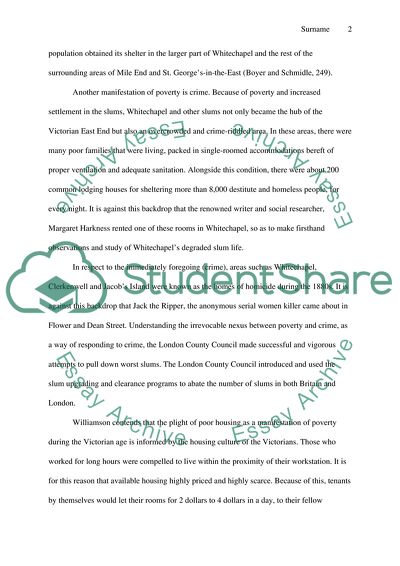Cite this document
(Poverty in Late Victorian England Essay Example | Topics and Well Written Essays - 1500 words - 1, n.d.)
Poverty in Late Victorian England Essay Example | Topics and Well Written Essays - 1500 words - 1. https://studentshare.org/history/1863356-poverty-in-the-victorian-era
Poverty in Late Victorian England Essay Example | Topics and Well Written Essays - 1500 words - 1. https://studentshare.org/history/1863356-poverty-in-the-victorian-era
(Poverty in Late Victorian England Essay Example | Topics and Well Written Essays - 1500 Words - 1)
Poverty in Late Victorian England Essay Example | Topics and Well Written Essays - 1500 Words - 1. https://studentshare.org/history/1863356-poverty-in-the-victorian-era.
Poverty in Late Victorian England Essay Example | Topics and Well Written Essays - 1500 Words - 1. https://studentshare.org/history/1863356-poverty-in-the-victorian-era.
“Poverty in Late Victorian England Essay Example | Topics and Well Written Essays - 1500 Words - 1”. https://studentshare.org/history/1863356-poverty-in-the-victorian-era.


